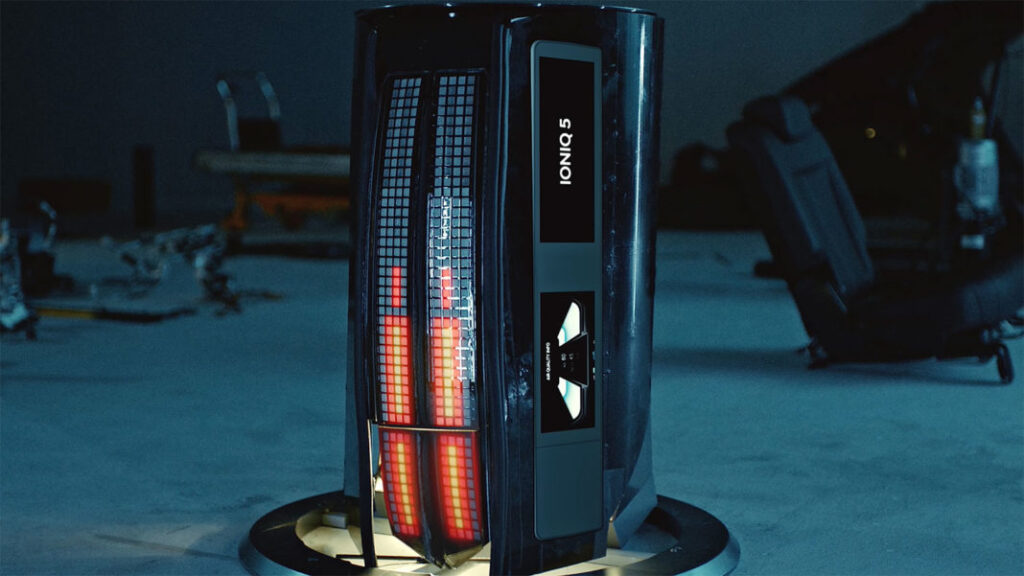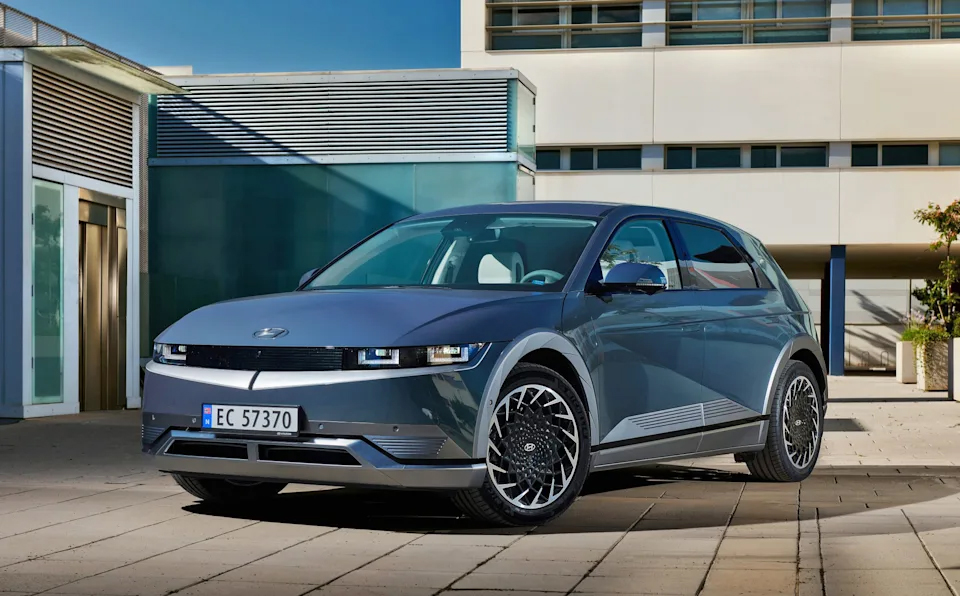Hyundai’s Ioniq 5: From EV Prototype to Air Purifier

A new car model is a product of a long development process. Automobile manufacturers produce dozens of prototype and pre-production vehicles that they do not sell to the public. Some of these cars remain for preservation or further development, while many are crushed or recycled because they did not pass the test.
Manufacturers cannot legally sell prototype cars to the public. Thus, many of the pre-production vehicles are usually crushed. Other automakers save one they display in a museum or place it in storage for future reference. Finally, some manufacturers donate the car for education purposes or use it for crash tests.
What to do with EVs shorter lifespan
One of the dilemmas car electric vehicle manufacturers face is what to do with the vehicles after the end of their lifecycles. Even if they are electric vehicles, their production is more carbon-intensive than the manufacture of internal combustion vehicles. Further, their battery packs have a short lifespan, which led to additional concerns about what will happen to all the electric cars they will produce once these vehicles are no longer helpful.
Several manufacturers have proposed a variety of ingenious suggestions on how to give a second life to these vehicles. Some manufacturers are more practical and suggest the straight-up recycling route, but Hyundai has something different in mind.
Hyundai’s Ioniq 5 EV
The concept for Ioniq 5 EV was revealed in September 2019 at the Frankfurt Motor Show. The global reveal of the battery-electric compact SUV was on February 23, 2021.
Of course, there are several prototypes for the concept, and instead of scrapping them, Hyundai thought of an innovative way to create something out of the decommissioned pre-production SUVs. So the car manufacturer decided to make an edgy-styled air purifier.
The transformation from car to air purifier

For one year, the engineers at Hyundai used the pre-production model to test wind tunnel noise, pass-by noise regulation, and the Acoustic Vehicle Alerting System.
Deciding on developing an air purifier, the engineers of Hyundai’s first step was to reduce the all-electric crossover to its parts. Next, they use many of the vehicle’s components to create a large air filter. The engineers used several parts, such as the filter unit, the infotainment unit, LED tail lamp, door panels, and cooling fan. Finally, they assembled the pieces and put a 20-inch alloy wheel on top of the purifier case. With the size of the wheel, it means that the air purifier is going to be big.
Parts of the hood and doors became the side panels of the purifier. Next, the engineers mounted the infotainment touchscreen to the housing, turned it into the panel to activate a cooling fan and the cabin air filter. The air purifier received creative and professional branding from its Ioniq 5 emblem, which the designers placed on the case, supported by the digital instrument cluster readout and the pixelated LED tail lamps.
Many parts of the EVs are recycled, including their batteries. But Hyundai’s experiment shows that there are permanent ways to develop new items from the different components of end-of-life vehicles. So not only are the experimental car parts put to good use. In addition, the company will earn revenue from the repurposed cars, which is one way to recoup the initial investment they put into the development of the prototypes.